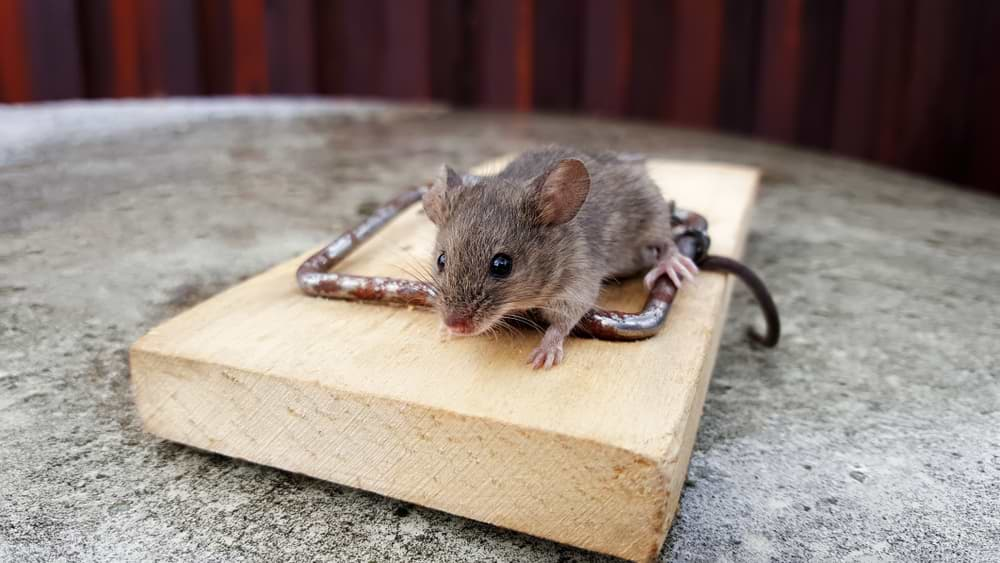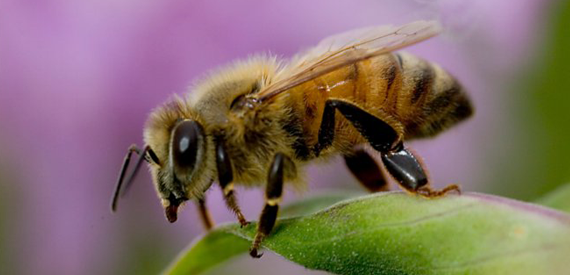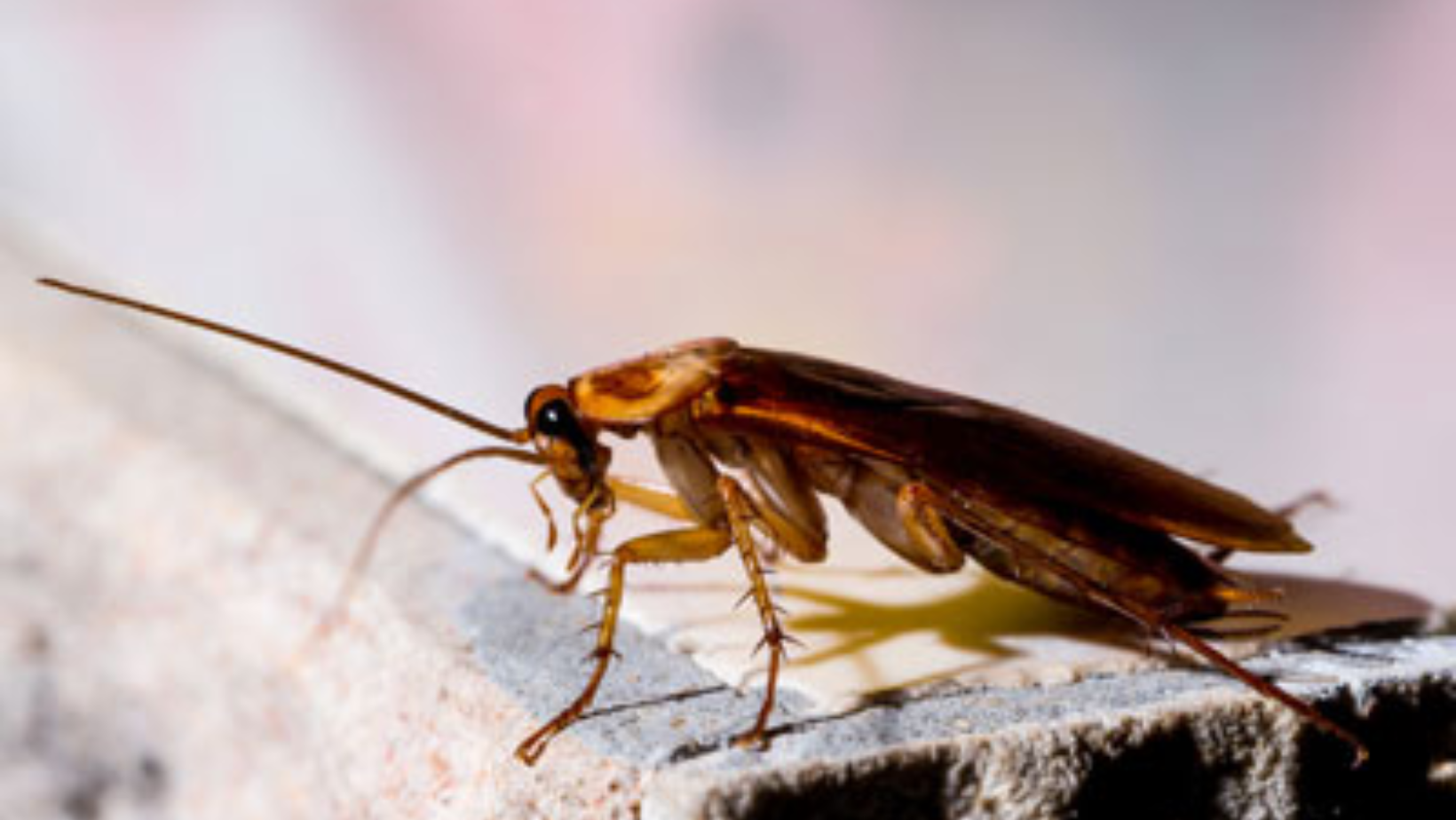Mice are one of the most common pests and as you might expect winter is a tough time for them too. As the cold winter months approach, various creatures in the animal kingdom adapt their behaviours to survive the harsh conditions. Among these resilient creatures are mice, small mammals known for their ability to thrive in different environments. In this informative blog post, we will delve into the behaviour of mice during winter, exploring their adaptations and strategies for survival. This helps in planning your rodent pest control ideas.
How Do Mice Behave In Winter?
Seeking Shelter:
As temperatures drop, mice instinctively search for warm and secure shelter to protect themselves from the elements. They often seek refuge in human-made structures such as houses, sheds, or garages, where they can find insulation and food sources. Mice may also construct nests in outdoor locations, such as burrows, leaf piles, or dense vegetation, to create safe havens away from predators and the cold.
Reduced Activity:
During winter, mice exhibit reduced activity levels compared to warmer seasons. This change in behaviour helps them conserve energy as resources become scarcer. With limited food availability, mice may enter a state of torpor, reducing their metabolic rate and conserving energy to survive for extended periods without eating.
Food Hoarding:
In preparation for winter, mice actively engage in food-hoarding behaviours. They collect and store food supplies within their nests or burrows to sustain themselves when food sources become scarce. Mice are opportunistic eaters and will gather a wide variety of food, including seeds, nuts, grains, and fruits, ensuring they have a sufficient food reserve to last them through the lean winter months.
Niche Partitioning:
In areas with a dense mouse population, competition for resources can be intense. To mitigate this, mice often exhibit niche partitioning during winter. This behaviour involves the division of available resources, such as food and shelter, among individuals or different species. By utilizing different niches within their environment, mice can minimize direct competition and increase their chances of survival.
Social Behavior:
While mice are generally known to be social animals, their social behaviour may change during winter. As resources become scarce, mice may become more territorial and aggressive towards intruders, including members of their own species. This behaviour helps protect their limited resources and ensures their survival during challenging times.
Reproduction:
Winter is a challenging time for mice to reproduce due to limited resources and harsh conditions. Therefore, their reproductive activity tends to decrease during this season. Female mice may experience a delay in their estrous cycle, resulting in fewer pregnancies. This adaptive strategy helps prevent overpopulation and ensures that the available resources are sufficient for survival.
Conclusion:
Mice demonstrate remarkable adaptability to survive the winter months. Their behaviour changes in response to the challenges posed by the cold, scarcity of resources, and the need to protect themselves from predators. By seeking shelter, reducing activity, engaging in food hoarding, practising niche partitioning, adjusting social behaviours, and regulating reproduction, mice maximize their chances of survival in harsh winter environments. As we observe these tiny creatures in our surroundings, let us appreciate their remarkable ability to adapt and thrive in the face of adversity.
Read More: What Is The Best Way To Control Rodents?





